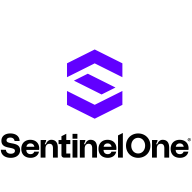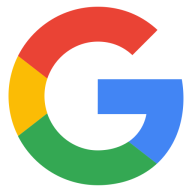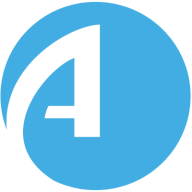


Prevasio and Google Cloud Security Command Center compete in the cybersecurity market. Google Cloud Security Command Center seems to have the upper hand with its comprehensive features and integration capabilities.
Features: Prevasio offers real-time threat analysis, simplicity, and impressive cost-effectiveness. Google Cloud Security Command Center provides extensive integration capabilities, robust incident management, and seamless integration within the Google ecosystem.
Room for Improvement: Prevasio could improve scalability, offer more advanced reporting features, and enhance customer service responsiveness. Google Cloud Security Command Center needs more user-friendly documentation, better support options, and potentially simpler deployment guidelines.
Ease of Deployment and Customer Service: Prevasio is known for a quick and straightforward deployment process, though its customer service needs more responsiveness. Google Cloud Security Command Center has a more complex deployment due to advanced features but offers more consistent customer support.
Pricing and ROI: Prevasio is attractive with lower setup costs, offering positive ROI to smaller businesses. Google Cloud Security Command Center is associated with higher costs but delivers significant ROI over time for larger enterprises with its extensive features.
```| Product | Market Share (%) |
|---|---|
| SentinelOne Singularity Cloud Security | 5.3% |
| Google Cloud Security Command Center | 2.8% |
| Prevasio | 0.3% |
| Other | 91.6% |


| Company Size | Count |
|---|---|
| Small Business | 47 |
| Midsize Enterprise | 20 |
| Large Enterprise | 53 |
| Company Size | Count |
|---|---|
| Small Business | 3 |
| Midsize Enterprise | 2 |
| Large Enterprise | 6 |
SentinelOne Singularity Cloud Security offers a streamlined approach to cloud security with intuitive operation and strong integration capabilities for heightened threat detection and remediation efficiency.
Singularity Cloud Security stands out for its real-time detection and response, effectively minimizing detection and remediation timelines. Its automated remediation integrates smoothly with third-party tools enhancing operational efficiency. The comprehensive console ensures visibility and support for forensic investigations. Seamless platform integration and robust support for innovation are notable advantages. Areas for development include improved search functionality, affordability, better firewall capabilities for remote users, stable agents, comprehensive reporting, and efficient third-party integrations. Clarity in the interface, responsive support, and real-time alerting need enhancement, with a call for more automation and customization. Better scalability and cost-effective integration without compromising capabilities are desired.
What are SentinelOne Singularity Cloud Security's standout features?SentinelOne Singularity Cloud Security is deployed in industries needing robust cloud security posture management, endpoint protection, and threat hunting. Utilized frequently across AWS and Azure, it assists in monitoring, threat detection, and maintaining compliance in diverse environments while providing real-time alerts and recommendations for proactive threat management.
Google Cloud Security Command Center streamlines security management by providing comprehensive visibility into asset security posture, empowering organizations to identify vulnerabilities and threats effectively.
Google Cloud Security Command Center offers a centralized platform for organizations to manage their security landscape, providing tools like threat detection and vulnerability scanning to protect cloud assets. Users benefit from its integration capabilities and detailed reporting, which enhance their ability to combat security challenges efficiently.
What are the key features of Google Cloud Security Command Center?Industries such as finance and healthcare benefit significantly from Google Cloud Security Command Center, as it helps them maintain compliance with strict regulations. Its ability to provide detailed security assessments and support integration with other cloud services makes it an essential tool for protecting sensitive data and ensuring uninterrupted service to customers.
Prevasio is an agentless cloud-native application protection platform (CNAPP) that provides increased visibility into security and compliance gaps, enabling cloud operations and security teams to prioritize risks and ensure compliance with internet security benchmarks.
Prevasio combines cloud-native security with SRI International's proprietary AI capabilities and AlgoSec’s expertise in securing 1,800 of the world’s most complex organizations.
We monitor all Cloud-Native Application Protection Platforms (CNAPP) reviews to prevent fraudulent reviews and keep review quality high. We do not post reviews by company employees or direct competitors. We validate each review for authenticity via cross-reference with LinkedIn, and personal follow-up with the reviewer when necessary.